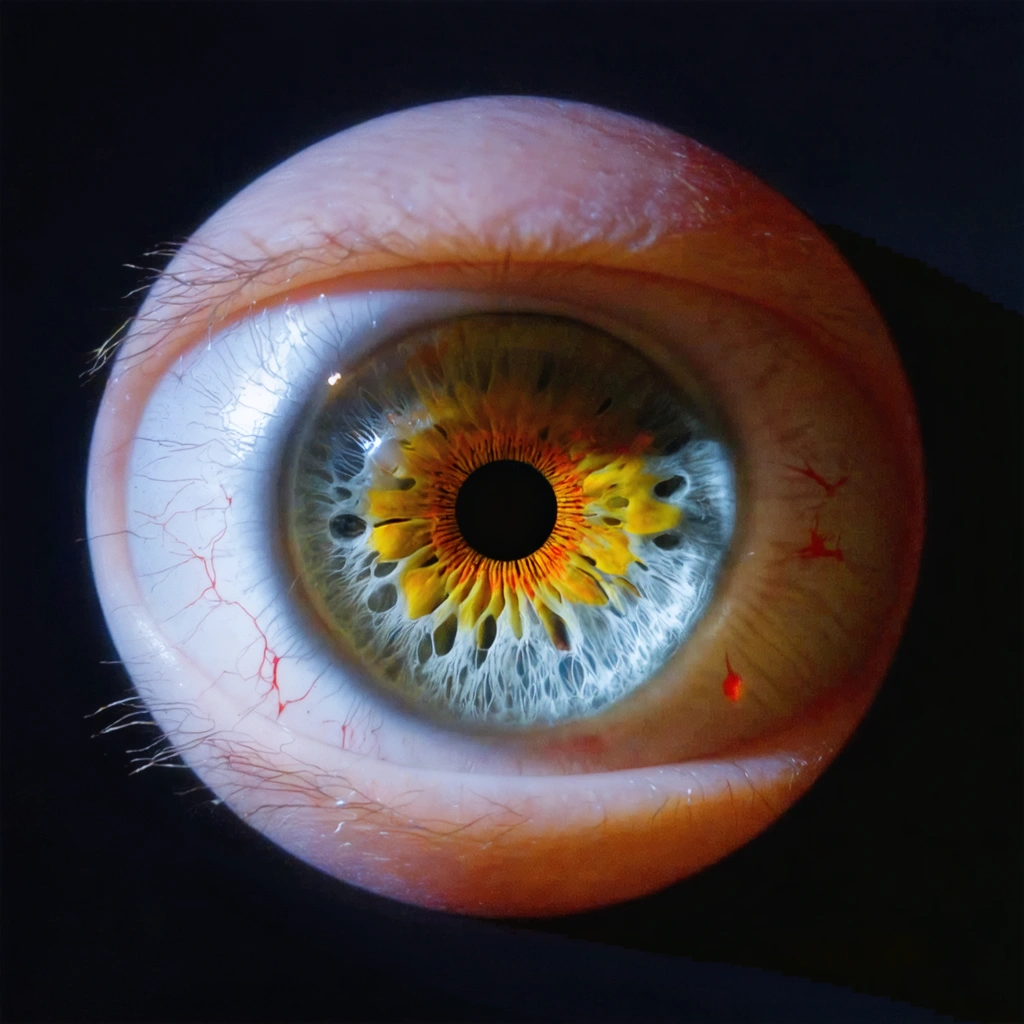
Introduction
In a groundbreaking development in the field of medicine, stem cell therapy has shown a promising potential for healing ‘irreversible’ corneal damage. A recent phase 1/2 clinical trial yielded impressive results, with a success rate of over 90% in restoring the cornea’s surface and improving patients’ vision.
The Clinical Trial
The clinical trial focused on a novel treatment known as CALEC (cultivated autologous limbal epithelial cells) and involved a cohort of 14 patients who were monitored for a duration of 18 months. The innovative stem cell therapy was employed to treat injuries such as chemical burns that lead to irreversible limbal stem cell deficiency.
Procedure of CALEC
The process of CALEC involves a detailed and meticulously planned procedure. Starting with the extraction of stem cells from a healthy eye, the cells are then expanded into a graft over several weeks. Once ready, this graft is transplanted into the patient’s damaged eye.
Impressive Results
The results of the clinical trial were highly encouraging. Out of the total participants, more than 90% showed successful restoration of the cornea’s surface and significant improvements in vision. This impressive success rate indicates the immense potential of stem cell therapy in treating corneal injuries.
A Promising Future
Researchers are hopeful that the positive findings from this study warrant further clinical trials. Their optimism stems from the belief that the therapy could revolutionize the treatment of corneal injuries, particularly those considered to be irreversible.
Conclusion
The promising results from the CALEC clinical trial represent a significant step forward in the field of ophthalmology and regenerative medicine. The use of stem cell therapy to repair ‘irreversible’ corneal damage highlights the immense potential of this innovative treatment method, and paves the way for further exploration and development in the field.




